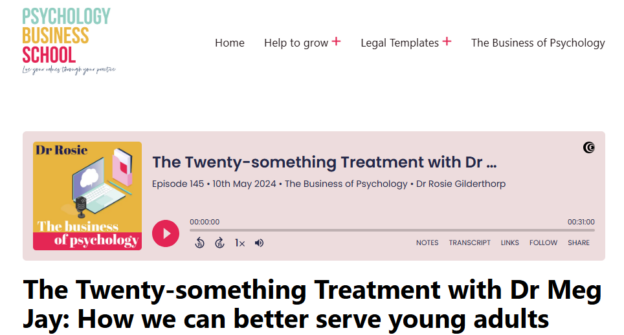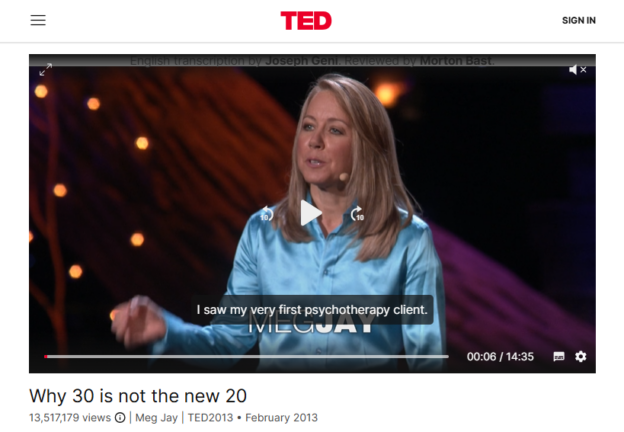This article summarizes key insights from a panel of experienced investors, Andy Budd (Seedcamp), Joseph Aziz (True Global), and Andy Ayim MBE (Angel Investing School), on navigating the fundraising journey. The discussion covers strategies for targeting the right investors, achieving product-market fit, and leveraging alternative funding sources, including corporate venture capital (CVC). Founders are advised to focus on why their team and timing are right, build strategic partnerships, and understand geographical and cultural differences in risk appetite. The panel emphasizes practical, actionable advice for founders to secure funding and build resilient businesses.
Continue reading


















